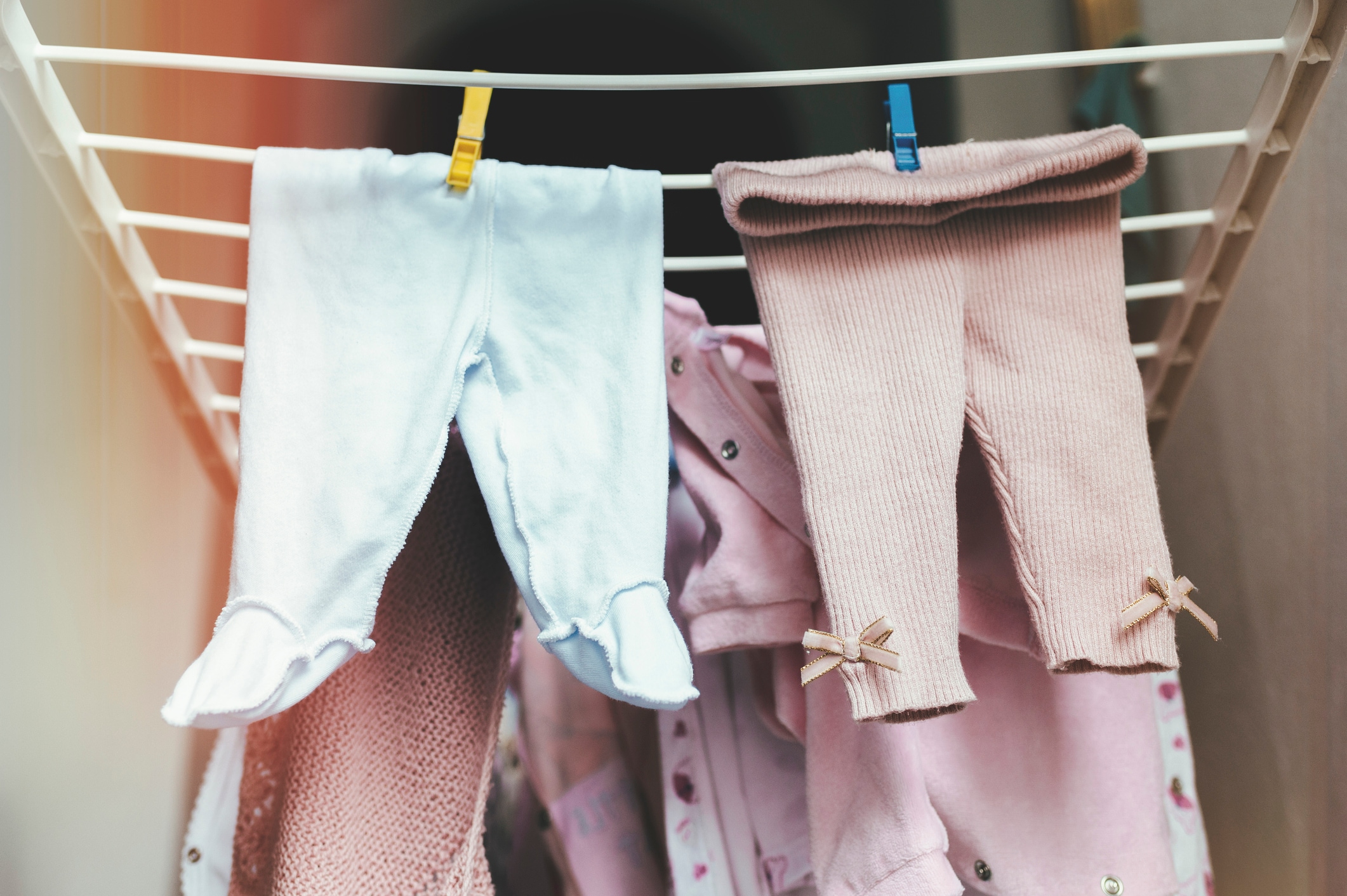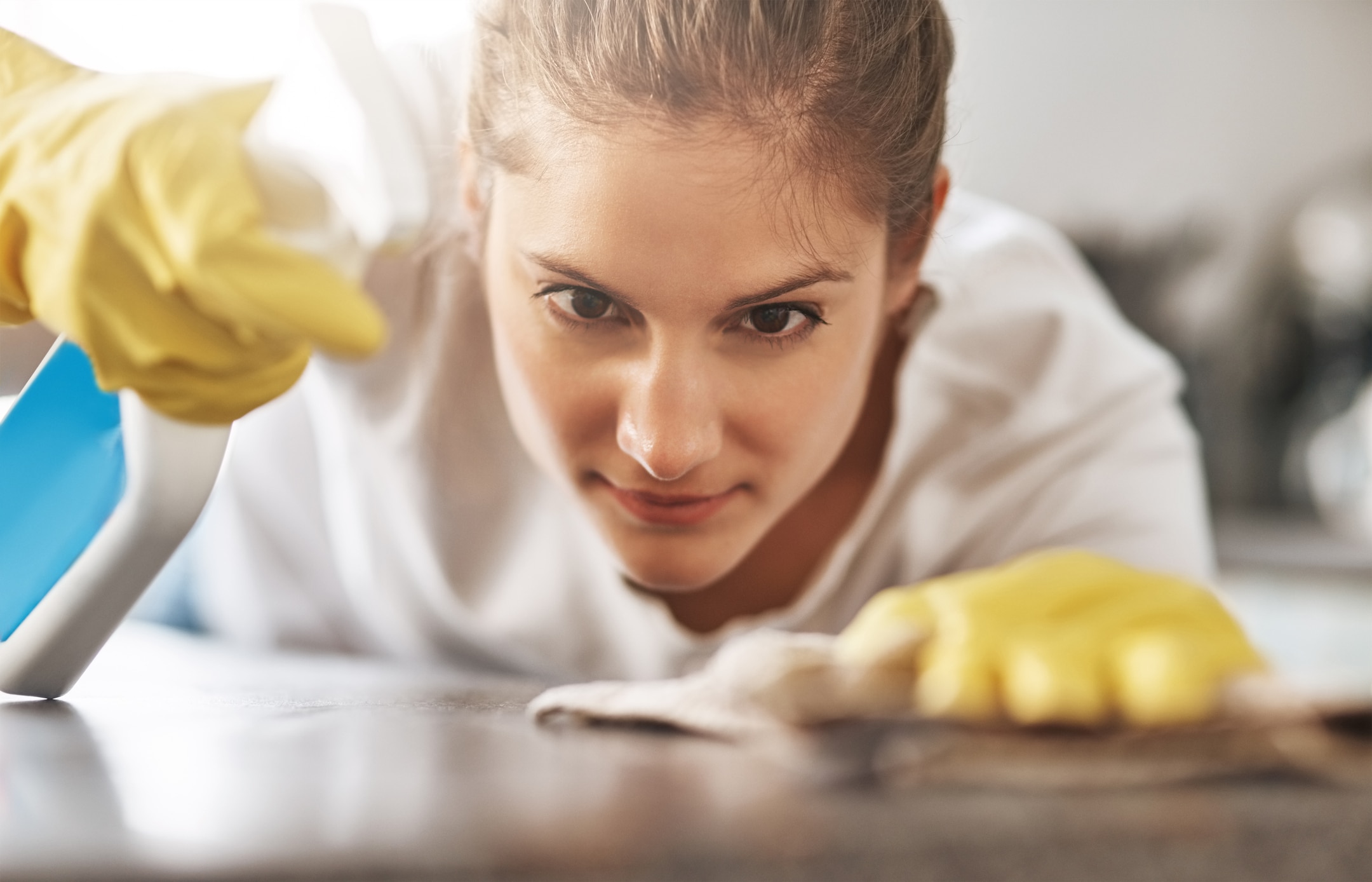In this article
One of the most important decisions to make as a new house cleaner is figuring out how much to charge to clean a house. But picking a price point or setting an hourly rate can be tricky. You want to make your cleaning rates competitive while still making enough to cover your labor, supplies and overhead costs.
While there’s no magic formula that will give you an exact rate, there are some things you can keep in mind, including the going rate for house cleaners in your area and how long it will take to clean the space.
Key takeaways
- Rates for house cleaning vary by location, home size, and cleaning type.
- Extra services, like appliance cleaning or laundry, often incur additional fees.
- Factor in overhead costs such as insurance, travel, and cleaning supplies when setting rates.
What factors affect how much I charge for house cleaning?
How much to charge for house cleaning can depend on a wide range of factors, including where your client is located and how much work you’re being asked to do. Here are some things to think about when setting your rates:
1. Location of the home
Before setting your base hourly rate, first take a look at the going rates for house cleaning services in your area. House cleaners in several top U.S. cities asked for rates between $20.81 and $22.97 per hour, according to current Care.com posted house cleaning rates, but these prices vary a lot throughout the country and even within states.
Here are some examples of posted house cleaner rates based on location, according to recent Care.com data.
Current posted house cleaning rates in top U.S. cities*
| CIty, State | Hourly House Cleaning Rate |
|---|---|
| Los Angeles, California | $24.55 |
| Portland, Oregon | $22.81 |
| San Diego, California | $23.56 |
| Denver, Colorado | $23.36 |
| Chicago, Illinois | $21.64 |
| Brooklyn, New York | $21.96 |
| Las Vegas, Nevada | $20.17 |
| Fort Lauderdale, Florida | $21.03 |
| Charlotte, North Carolina | $20.16 |
| Atlanta, Georgia | $20.16 |
| Washington, D.C. | $21.24 |
| Philadelphia, Pennsylvania | $20.36 |
| Houston, Texas | $19.09 |
| Indianapolis, Indiana | $19.39 |
| Orlando, Florida | $19.95 |
2. Size of the space being cleaned
The size of the home or office can be a good indicator for how much time, effort and (in some cases) cleaning products you’ll have to put in to clean it.
Arthur Ruth, vice president of operations at Memphis Maids, says his company sets its base rate based on the number of bedrooms and bathrooms a home has. He found that if they charged by the hour, clients might be unhappy if the cleaner finishes sooner or later than expected. And while square footage can be helpful in figuring out just how big a home might be, it’s not always the best indication of how much work there is to do.
Picking your price by the number of rooms and bathrooms is “a good approximation of the size of the house, and everyone is happy,” Ruth says.
3. Type of cleaning
There’s a big difference between a routine cleaning and a deep cleaning, and your prices should reflect the extra work a deeper clean entails. You decide what your various levels will be, but generally, cleanings are divided into three categories, each more expensive than the next.
- Routine clean. Routine cleanings involve basic cleaning tasks like vacuuming, mopping and wiping down countertops. They generally don’t take as much time to complete, so cleaners don’t charge as much for them as, say, a deep clean. These types of cleans, however, assume the home is cleaned regularly and is in fairly good condition.
- Deep clean. A deep cleaning is typically needed when the space hasn’t been cleaned in a while and involves doing things not included in a routine cleaning, such as scrubbing off soap scum and wiping down blinds and baseboards, says April Harned, owner of Harned’s Cleaning in eastern Maryland. House cleaners might do a deep clean during the first visit, before or after an event (ex. a new baby) or on a seasonal basis (ex. a “spring clean”).
- Move-in/move-out clean. A move-in/move-out clean is an even deeper clean that includes everything you might do during a routine and deep clean, as well as scrubbing more obscure areas like inside kitchen cabinets, vent grates or underneath big appliances. Because this type of cleaning is so involved, house cleaners typically charge the most for this type of service.
4. Condition of the space
If a new client is interested in recurring cleanings, Harned says she’ll usually do a deep clean first and charge accordingly. Some spaces can be in rough shape, and doing a deeper clean during the first visit can make the regular cleanings go more smoothly.
Touring the space beforehand can give you a better idea of what state it’s in and how much time you’ll need before agreeing to a regular/routine cleaning price.
5. Occupants
A space with only one occupant is generally easier to clean than one with multiple people, Harned says, and the messier the inhabitants, the more work it will take to clean on a regular basis. That’s why Harned says she typically charges a little more if a home has small children or a messy pet. The floors get dirtier between cleanings and take more time to scrub each visit.
6. Extra services
Decide what you’ll do as part of a standard cleaning and what services you would charge extra to do. For example, Harned doesn’t include cleaning the refrigerator or changing sheets as part of her routine cleanings, but she’s happy to do it for clients for a small additional fee. Some services that might warrant additional fees include:
- Cleaning inside large appliances, like the refrigerator or oven.
- Cleaning baseboards.
- Washing windows inside and/or outside.
- Doing laundry.
- Washing and/or putting away dishes.
- Changing linens.
- Spot-cleaning carpets.
- Cleaning outdoor spaces, like patios and patio furniture.
How much you charge for these tasks is typically based on how much work you think it will take to do them. For example, you might charge $20 to clean most refrigerators but have a range on what you charge for windows. Similarly, you might charge more to do laundry for a family of four than you would a single individual.
Whatever you choose, however, Harned recommends being clear with your client about what is included and what isn’t, and understand the long-term consequences of what you decide to include during your initial visits.
7. Overhead costs
Your time and labor isn’t the only cost associated with providing cleaning services. You might have other expenses, too. And all those costs should be taken into consideration when setting your rate, says Robert Wade, part owner of Maid Healthy, Inc. in Annapolis, Maryland. Some overhead costs you might want to think about include:
- Liability insurance. (Some commercial properties might require you to have it.)
- Time spent traveling to and from the client.
- Gas and maintenance for the vehicle you take to and from the job.
- Additional labor, if you need to hire extra help to manage your workload.
- Materials, such as vacuum cleaners or cleaning products.
- Self-employment taxes.
- Health insurance.
- Any marketing materials to promote your services.
- Inflation (when you’re considering a rate increase).
Should I charge hourly or a flat fee for house cleaning?
Some house cleaners charge an hourly rate while others might prefer to ask a flat fee — it’s all based on preference, says Harned. The benefit to charging an hourly rate is that you have a guaranteed amount you’ll make each hour you’re working. That can be helpful when you take on a client who’s home or office space needs more time than you originally estimated. With an hourly rate, you don’t eat those extra costs.
But hourly rates are also limiting. The more efficient you get at cleaning, the less you get paid to do the same job. And clients can get upset when you go over time and charge more than they expected.
Charging a flat fee makes it easier for you to take on more clients as you get more efficient, Harned says, and your client knows exactly what they’ll be paying each time. The risk of a flat fee is underestimating how much time you need to do a specific job, but that can be balanced out by other spaces taking less time, she says.





